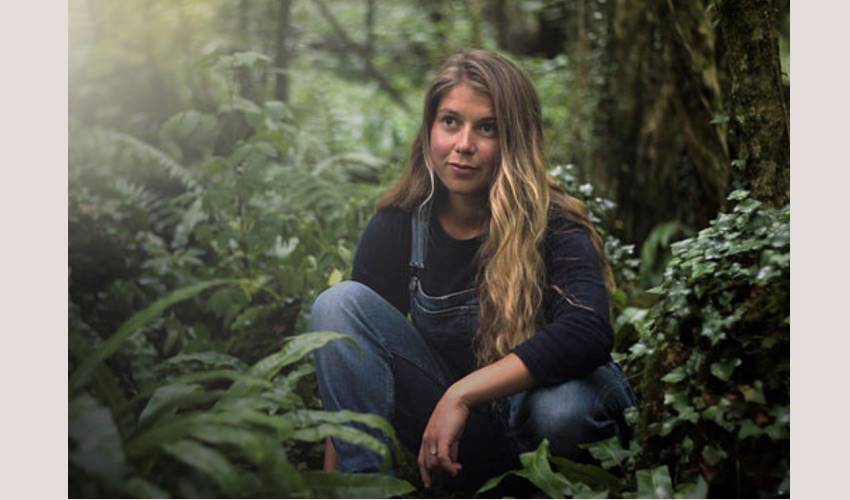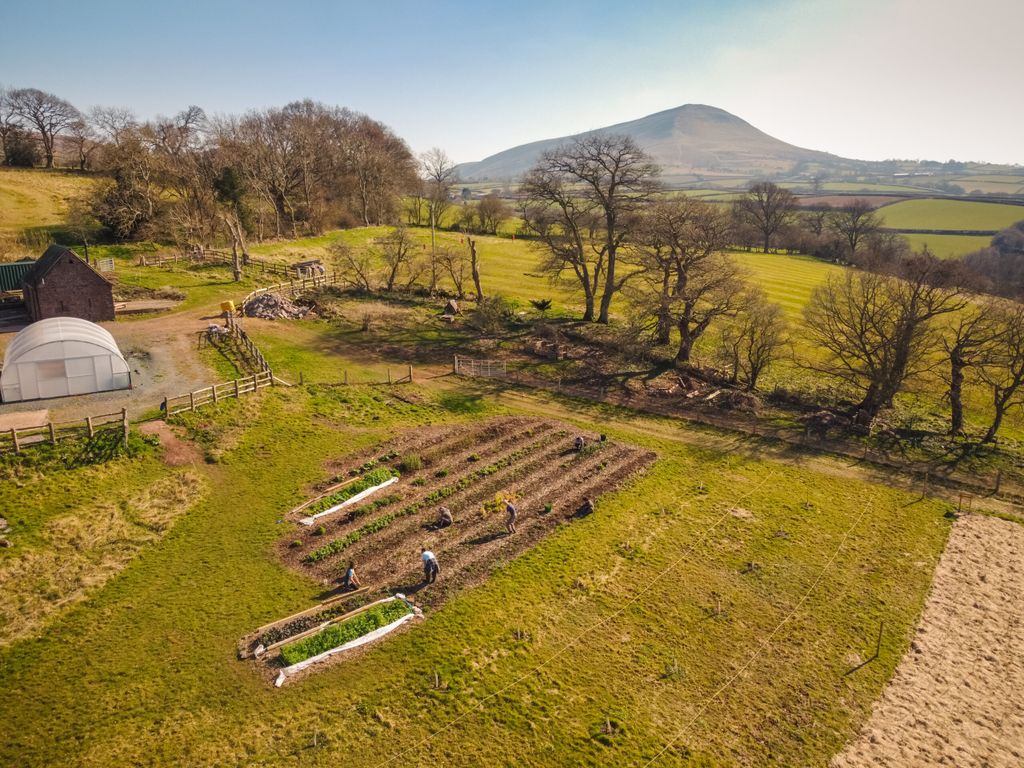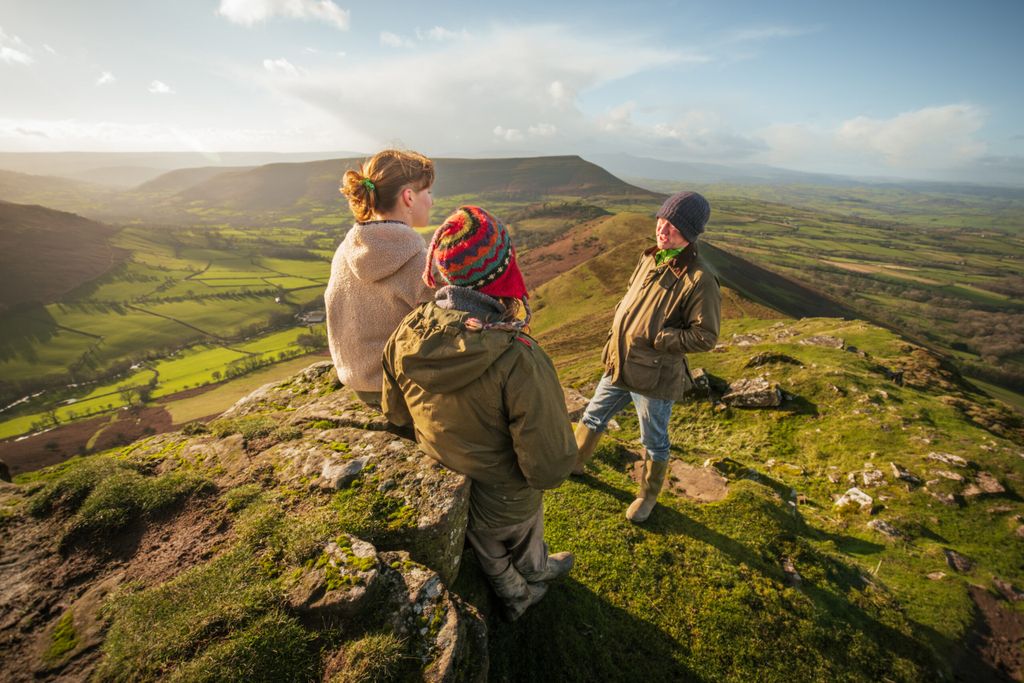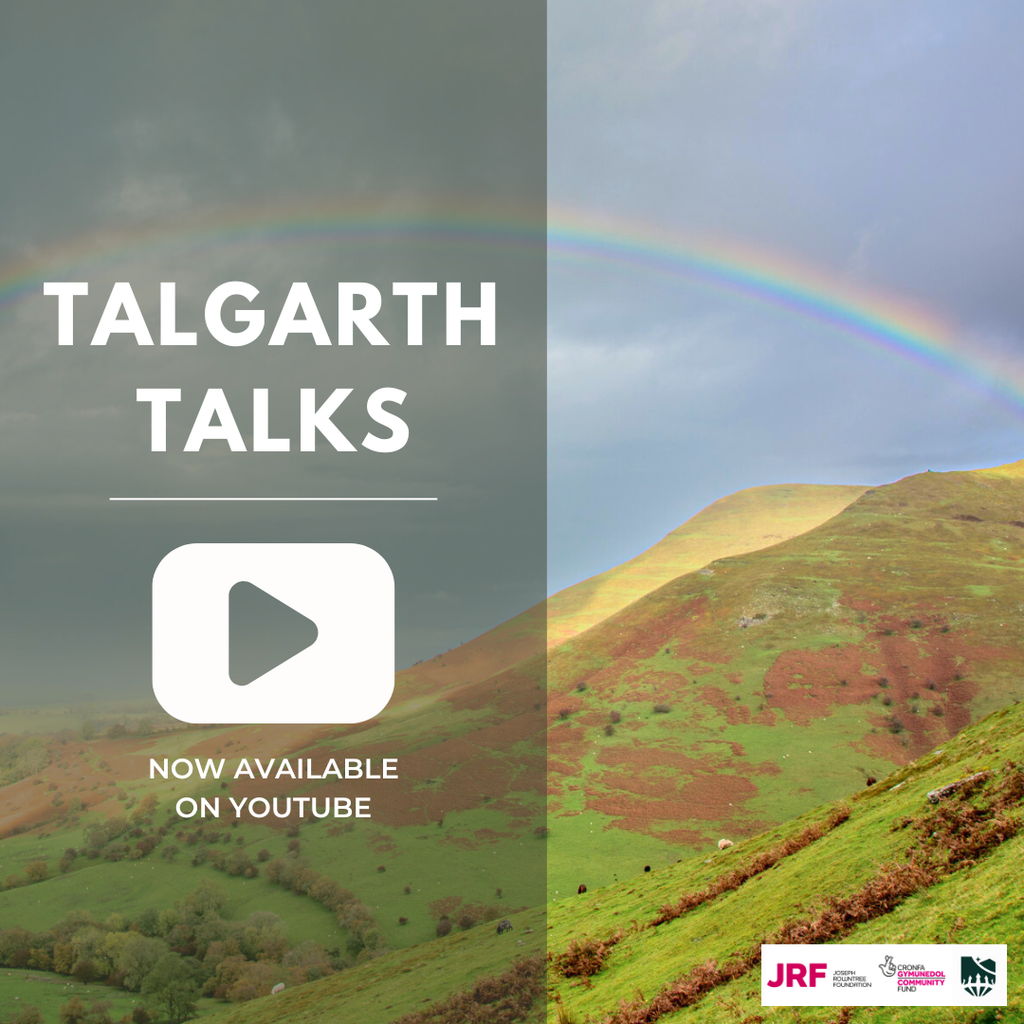Octavia Hopwood is a microbiologist, soil ecologist, and environmental presenter. Her guest blog is about soil, its phenomenal properties, the effects of our ‘management’ of it, and how it can be part of the solution.
Soil is the lifeblood of the planet. Aside from ‘merely’ providing nourishment to the plants we grow, and consume, soil underpins much of our daily existence. In only a wafer-thin seam on the Earth’s surface, soil delivers a bounty of life-sustaining resources, and yet we repeatedly find ourselves as strangers to its mighty kingdom.
Soil is at the intersection between two worlds – the physical and the biological – and in a sense, it creates a buffer between these vastly distinct realms. Soil softens the hard, physical environment and creates one that is hospitable for life. It creates a home on unforgiving bedrock, tempers the blow of the elements – rain, wind, drought and freezing temperatures – it slows the flow of water, captures gasses that would otherwise be freely released into the atmosphere, and within its spongey matrix stores valuable water, nutrients and carbon. In effect, soil regulates the chaotic nature of the Earth, and in doing so anchors us, and all other life, to it and to each other. The vast wonders of living beings, in myriad colours, shapes and sizes, is an expression of the soil below, a supporting system that governs the life it gives.
Early in the history of humankind, we cottoned onto the valuable nature of the soil and have been incredibly resourceful in making use of its most obvious asset – the ability to cultivate plants. We reap harvests every year, graze livestock on pasture and manage the soil to our own requirements, but in so doing, we fail to meet the basic needs of the soil. In return for our own prosperity, we are stripping a finite resource of its underlying backbone. Many of our modern methods of ‘managing’ the soil, expose carbon reserves, which oxidise and return to the atmosphere – contributing to CO2 levels. The addition of NPK fertilisers helps to produce leafy vegetables by adding nitrogen, phosphorous and potassium, but what about the other 40 odd nutrients it takes to grow a plant? Using herbicides kills weeds, but ‘resets’ the ecosystem and in the process, ironically, creates an environment that weeds love.
60 years’ worth of topsoil left
In our quest to master the soil environment, we forget our place in it. Our intentions come from a good place, and in many cases, we believe we are serving the landscape and improving the density of produce. But, by finding sweeping, indiscriminate solutions to problems that exist in an extraordinarily complex system, we end up acting reactively, not proactively.
Because of the plentiful and somewhat resilient nature of the soil, these issues have not yet surfaced as immediate threats. Who knew that we only had 60 years’ worth of topsoil left? This is not something widely known, but it is a problem that will affect us all.
With topsoil dwindling, our future also hangs in the balance. Plant and animal health are a product of soil vigour. Human health is a result of the food we consume, and if that food is nourishing, our own bodies will reflect its vitality.
Without sounding overly gloomy, this is a very real problem, and it is not going to just simply ‘go away’. At least not until we do something about it.
But here comes the positive part. The solution.
Natural systems have taken millions of years’ worth of R&D and they have nailed it. Left to do its own thing, land would regenerate, and soil would rebuild. Clearly, we cannot just let land go over to wilderness, we still need to eat and there’s a growing population to think of. So how can we replicate Mother Earth?
Well, thankfully, soil is resilient and quick to forgive. A landscape that is nourished and allowed to regenerate will be rapidly restored. By altering the way in which we work with land, we can very quickly build soil up again, whilst continuing to harvest food. There are lots of examples to prove that we can work in a sustainable cycle with soil and still feed the population.
From a lawn to a crop field, these landscapes are ecosystems in their own right. Maybe not as diverse as a temperate rainforest, but there will still be hundreds of thousands of fungi, plants, animals, and other organisms making it their home. These creatures are essential to a wealth of process and cycles that occur, from the carbon cycle, to the water cycle. They enable these processes to continue, and in doing so, they are constantly working the soil, replenishing its nutrients, and building structure.
Support the Ecosystem
By supporting the ecosystem, we are supporting the biology, which in turn supports the soil and the plants that live there. Everyone wins!
Protecting the biology requires a new way of working with soil, and ultimately a new way of thinking.
Whole system thinking will drive this change. Once we consider ourselves part of the soil’s ecosystem, our eyes will be open to the bigger picture and a collaborative relationship can form. Changing mindsets starts with education at its core. Education encompassing practical skills, applied science and real-world challenges. This will enable us to grow and adapt.
Understanding that soil plays a big part of our lives will increase its value. Once soil is valued as the precious resource it is, we can take care of the soil ecosystem, cherishing and loving it like any other living being. This way, our connection to soil does not become a burden, it becomes a relationship, a tender friendship that exists for reciprocal rewards.
Symbiosis between humankind and soil is the key to planetary health.
Our need to reconnect with the soil – and become part of its cycle – may offer more than just healthy landscapes. It may also offer us a chance to be part of something special, something significant – the opportunity to bestow future generations with a sustainable way of life.
Soil – the lifeblood of the planet

More like this
-

THE FUTURE IS HEALTHY AND NUTRITIOUS – HERE’S HOW TO MAKE IT HAPPEN
As food security rises on the global agenda, the solution isn’t stockpiling but transforming our…
-

Training for a Changing World
As the challenges facing our natural world grow more complex, the need for skilled, adaptable…
-

Talgarth Talks Community Lectures
Talgarth Talks are monthly public lectures that aim to inspire the ecological imagination, spark fresh…
The BMC Prospectus
Download the Black Mountains College prospectus for an overview of our courses, campuses, and vibrant student life
Visit us
Come along to one of our Discovery Days or Campus Tours to explore our campuses and meet your tutors
